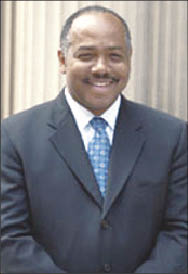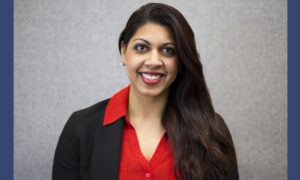 |
|
Bentley: “The more voices we have singing in unison, the better it is for children.” |
Some of the nation’s most prominent children’s and youth advocacy groups have joined to form what one member describes as the “coalition of coalitions.”
The Washington-based group, the Children’s Leadership Council (CLC), hopes to amplify the voices of a wide array of organizations already pushing for federal policies and funding for children’s and youth issues.
“The more voices we have singing in unison, the better it is for children,” said acting Chairman Bill Bentley, CEO of Voices for America’s Children.
Created last year, CLC is composed of 36 organizations that focus on such issues as early childhood education, children’s health care, youth development and after-school programming.
Though some observers, and even some members of CLC, disagree, Bentley said the CLC is “the only multi-issue, cross-cutting national child advocacy organization.” The goal of the council is not to duplicate or replace the “single-issue coalitions” already on the scene, but to “complement the work that they do,” he said.
“It seems to me that there are a lot of organizations that claim to be the only, and none of us is the only,” said Irv Katz, president and CEO of the National Collaboration for Youth in Washington, D.C. Katz is also head of the National Human Services Assembly, which is a member of CLC.
Katz said one novel aspect is that CLC, perhaps more than any other organization, combines early childhood education and school-age issues, although he said other groups, such as America’s Promise, have done similar things.
Karen Pittman, executive director of the Washington, D.C.-based Forum for Youth Investment, another CLC member, said the new alliance is the broadest of its kind.
“At a time when we don’t need more coalitions,” she said, the CLC is something of a “coalition of coalitions.” She sees potential on three fronts: bringing advocates together from the state and federal levels; including groups that represent concerns that span a child’s life from infancy to late adolescence; and connecting education with broader children’s health and youth development issues.
While unity is the goal, it occasionally has proved elusive, as determined individuals with sometimes competing interests seek to advance sometimes competing agendas for the new group. At least one insider says the council spends considerable time ironing out differences behind closed doors.
“It’s not any major disagreement, just small things that should be easy to decide take forever in such a varied and opinionated group,” the insider said.
Other members of the group said some of the differences are more serious, noting that items on the group’s agenda are not as detailed as some members would like, because they have been unable to agree on specifics.
“One of the challenges for any coalition is coming up with priorities that are endorsed by the breadth of members, but specific enough to effect policy change,” said Thaddeus Ferber, program director at the Forum for Youth Investment.
Robert Dugger, CEO of Partnerships for America’s Success, another CLC member, said it’s “no surprise that the initial stages involve an airing of all the issues” that will ultimately help the group chart its course.
“This airing and debate is extremely helpful,” Dugger said. “It will help groups identify key factors that are most important for life success of every kid and focus on those priorities.
“In an important way,” Dugger said, “we’re creating in the United States a new political constituency, an effective constituency for kids, one focused on making sure the U.S. allocates resources it should to make sure the next generation is the best educated, best cared for, ready to work and form families that’s ever been.”
Not all of the group’s members deal exclusively or directly with children’s and youth issues. One member, the Service Employees International Union, represents the interests of a wide range of service employees that includes children’s and youth service workers. “Unions are interested in a lot of our issues, although our issues are not their primary focus,” said Bentley, the acting CLC chairman.
The CLC has been meeting regularly in recent months via teleconference and in person at the offices of various member groups. It has also submitted letters supporting a bill to increase funding for the State Children’s Health Insurance Program, and has backed the children- and youth-related activities in President Obama’s economic stimulus package.
The group plans to select a more permanent chairman in the future. It operates with what a spokeswoman refers to as a “modest” amount of funding from private foundations and plans to seek more in the future.
The group’s agenda calls for a number of things, such as more funding and a greater focus on investing in high-quality early childhood education and expanding youth programs it says have proven effective, such as 21st Century Learning Centers, Service Corps, YouthBuild and Youth Opportunity grants.
Bentley said the CLC plans to present its agenda in the coming months through a campaign called “Invest in America, Strengthen Children.”
Contact: CLC at http://www.childrensleadershipcouncil.com; Bentley at Bentley@voices.org, (202) 380-1793. CLC’s agenda: http://www.childrensleadershipcouncil.org/node/2.






























